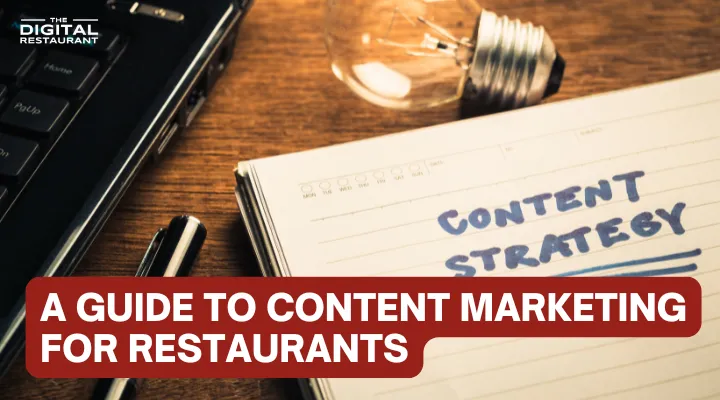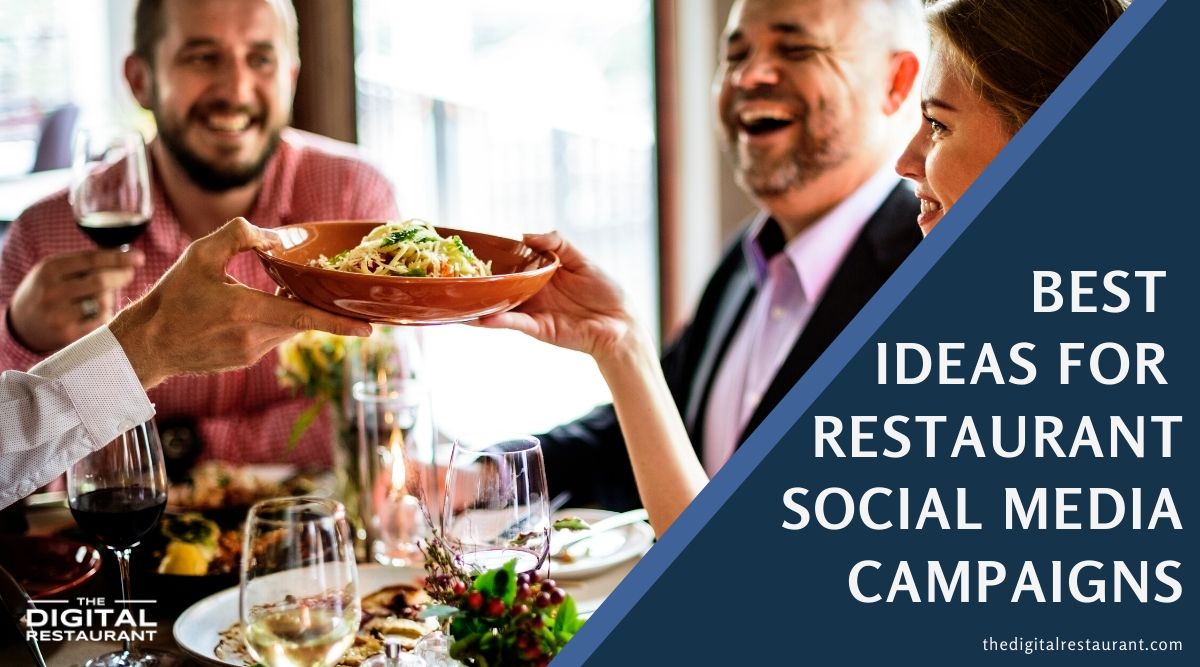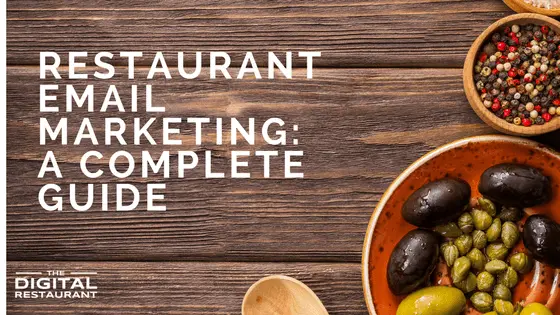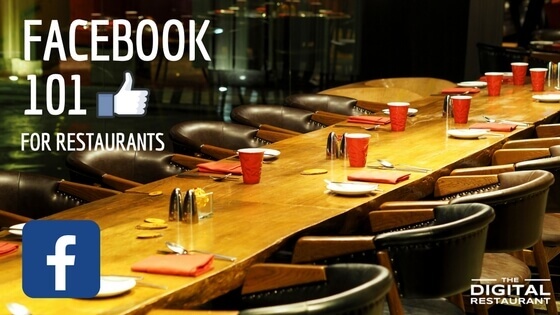Elevate Your Dining Experience with Strategic Content Marketing
In the competitive world of the restaurant industry, standing out is more challenging than ever. With diners increasingly turning to online platforms for recommendations and inspiration, effective content marketing has become an essential ingredient for success.
But what exactly is content marketing, and how can it transform your restaurant’s visibility and customer engagement?
Content marketing goes beyond traditional advertising; it focuses on creating valuable, relevant content that resonates with your target audience. By sharing stories, insights, and culinary delights, you can build a loyal community around your brand.
This guide will explore the fundamentals of content marketing specifically for restaurants, offering practical strategies and tips to elevate your dining experience and drive more customers through your doors.
Whether you’re a seasoned restaurateur or just starting out, harnessing the power of content marketing can help you connect with your audience, showcase your unique offerings, and ultimately boost your bottom line.
Let’s dive into the world of restaurant content marketing and discover how to create a compelling narrative that captivates your customers and keeps them coming back for more.
Content marketing is an important tool to use to not only increase your customer base but important if you want to be an established authority in a particular specialization such as gluten-free, keto, vegan, healthy eating or solidifying your restaurant as the staple for its specific culinary genre.
Why Content Marketing vs Traditional Marketing?
Recent studies show that consumers are increasingly disenchanted with traditional marketing methods. While volume promotions and email blasts have their place when executed well, they can often push potential customers away due to their impersonal nature. Traditional marketing lacks the open communication that content marketing can provide.
Content marketing, on the other hand, delivers meaningful and helpful information to consumers, turning potential customers into loyal patrons who are eager not just to read your marketing but to taste your food.
Here are the key benefits:
(A) Creating Value for Your Customers
In a world where we’re constantly bombarded with marketing messages, traditional approaches often fail to effectively reach customers. Content marketing offers a reliable way to capture attention and ensure your potential customers engage with your brand.
For new restaurants, content marketing is especially vital in building brand visibility and credibility. By aligning your content marketing campaign with your restaurant’s branding guidelines, you can establish trust among potential customers, motivating them to choose your restaurant over others.
(B) Boosting Visibility with Content Marketing
Many diners search online when looking for a new place to eat. Ranking your website high on search engine results pages (SERPs) increases your chances of attracting these customers. Since most people rarely look beyond the first page of search results, getting your website to the top is crucial for organic traffic and business growth. This can be achieved through strategic content marketing, including the creation of backlinks and optimized content.
Crafting a Content Marketing Strategy for Restaurants
Your restaurant’s content marketing strategy should include all the emails you send, posts on social media, and articles on your website. Many restaurant owners find it challenging to regularly create content, but content marketing is essential for standing out, demonstrating your expertise, and showcasing your service and cuisine.
Now that you understand the benefits of content marketing, it’s time to develop a plan to create and distribute your content effectively.
Restaurant Content Marketing Plan
Here are the steps that you need to follow to do content marketing for the restaurant.
1. Develop a Content Calendar
A content calendar is the backbone of your content marketing strategy. It helps you plan, organize, and schedule your content in advance, ensuring consistency and relevance. Here’s how to get started:
- Schedule Regular Posts: Consistency is key in content marketing. Plan to post content regularly, whether it’s daily, weekly, or bi-weekly. Use scheduling tools like Hootsuite or Buffer to automate your posts across social media platforms.
- Set Clear Goals: Define what you want to achieve with your content marketing efforts. Are you aiming to increase website traffic, boost social media engagement, or drive more in-store visits?
- Identify Key Dates: Mark important dates on your calendar, such as holidays, seasonal events, and promotions. Tailor your content around these dates to maximize relevance and engagement.
- Plan Content Themes: Assign specific themes or topics to each week or month, aligning with your restaurant’s brand and audience interests. This could include seasonal menus, special offers, or behind-the-scenes content.
2. Launch a Restaurant Blog
A blog is a powerful tool for driving organic traffic to your website and improving your search engine rankings. Here’s how to make the most of it:
- Promote Your Blog: Share your blog posts across your social media channels, email newsletters, and other digital platforms to maximize reach and engagement.
- SEO Optimization: Incorporate targeted keywords related to your restaurant and cuisine into your blog posts. This helps improve your visibility on search engine results pages (SERPs), making it easier for potential customers to find you.
- Showcase Your Expertise: Use your blog to share insights, tips, and stories that reflect your restaurant’s unique offerings. This could include recipes, cooking techniques, and articles about your culinary philosophy.
- Engage Your Audience: Encourage readers to leave comments, share your posts, and engage with your content. This not only boosts interaction but also helps build a loyal online community around your brand.
3. Create High-Quality Content
Invest in quality content, as it plays a crucial role in your marketing efforts. Consider hiring a professional writer who specializes in web content to ensure your content is engaging and effective.
Forms of Content
- Food Images: Visually appealing images of your dishes can attract customers and tell the story of your cuisine. Social media posts featuring your food also encourage direct engagement. Read more on the importance of food photography for restaurant marketing.
- Videos: Short, engaging videos can deliver powerful messages and capture the attention of potential customers.
- Articles: Writing about topics related to food, cuisine, and the local community can engage potential customers and contribute to your SEO efforts.
- Recipes: Sharing recipes of your special dishes is a great way to connect with customers.
- Local Events: Highlighting local events, including community fundraisers, promotes engagement and shows your restaurant’s involvement in the community.
- Live Streaming: Use platforms like Instagram, Facebook, TikTok, and YouTube to live stream from your kitchen and connect with your audience in real-time.
4. Implement a Content Distribution Strategy
Once you’ve created high-quality content, it’s time to distribute it effectively to reach your target audience. Here’s how to develop a distribution strategy:
- Content Syndication: Explore opportunities to syndicate your content on other websites or blogs within the food and restaurant industry. This can help increase your visibility and attract new customers.
- Social Media Platforms: Identify the social media platforms where your target audience is most active. Share your content on these platforms, tailoring your messaging to fit the unique culture and expectations of each one (e.g., Instagram for visual content, Twitter for quick updates, LinkedIn for professional insights).
- Email Marketing: Leverage email marketing to share your content directly with subscribers. Craft engaging newsletters that include blog posts, special offers, and updates about your restaurant.
- Paid Advertising: Consider using paid advertising, such as Facebook Ads or Google AdWords, to boost the reach of your content. Target specific demographics and interests to ensure your content reaches the right audience.
- Influencer Partnerships: Collaborate with local influencers or food bloggers who can share your content with their followers. This can help you reach a wider audience and build credibility.
5. Monitor Content Analytics
Tracking and analyzing the performance of your content is crucial for understanding what works and what doesn’t. Here’s how to monitor your content marketing efforts:
- Adjust Your Strategy: Based on your analysis, make data-driven decisions to optimize your content marketing efforts. This might involve tweaking your content calendar, experimenting with new content formats, or reallocating your distribution budget.
- Use Analytics Tools: Platforms like Google Analytics, Facebook Insights, and Twitter Analytics provide valuable data on how your content is performing. Monitor metrics such as page views, social shares, click-through rates, and conversion rates.
- Set Key Performance Indicators (KPIs): Establish KPIs that align with your content marketing goals. These might include increasing website traffic, improving social media engagement, or boosting the number of online reservations.
- Analyze Audience Behavior: Pay attention to how your audience interacts with your content. What types of content generate the most engagement? Which platforms drive the most traffic to your website? Use these insights to refine your strategy.
6. Optimize Your Content Marketing Strategy
Content marketing is an ongoing process that requires continuous optimization. Here’s how to keep your strategy fresh and effective:
- Seek Professional Help: If you’re struggling to manage your content marketing efforts on your own, consider hiring a content marketing agency or consultant. They can provide expert guidance and help you achieve your goals more efficiently.
- A/B Testing: Experiment with different headlines, images, and content formats to see what resonates best with your audience. Use A/B testing to compare results and make informed decisions.
- Update Existing Content: Regularly review and update your existing content to ensure it remains relevant and accurate. This not only improves SEO but also enhances the value of your content over time.
- Stay Current with Trends: Keep an eye on the latest digital marketing trends and adapt your strategy accordingly. Whether it’s incorporating new social media features or exploring emerging content formats, staying current can give you a competitive edge.
PRO TIP
Avoid bombarding your customers with emails. Instead, focus on operational excellence and thoughtful engagement in your content marketing efforts.
Summary
Content marketing is crucial for the success and growth of restaurants in today’s competitive market. Unlike traditional advertising, content marketing focuses on creating valuable and relevant content that resonates with your target audience, building brand awareness, and fostering customer loyalty. By implementing a well-planned content strategy—using blogs, social media, videos, and more—you can effectively showcase your restaurant’s unique offerings and connect with customers on a deeper level.
Tracking and analyzing the performance of your content helps refine your strategy, driving organic traffic and establishing your restaurant as a trusted authority in your niche. While content marketing requires time and resources, its benefits in terms of visibility, customer engagement, and long-term growth make it an essential investment for any restaurant.
Partnering with professionals like The Digital Restaurant can help you create a powerful content marketing strategy that delivers tangible results, ensuring your restaurant’s success and longevity.
Next Steps:
- Schedule a free 30-minute consultation with one of our marketing experts to develop a customized marketing strategy for your restaurant.
Don’t let your competitors claim a bigger slice of the market. Take action today and watch your restaurant’s success soar!
FAQs
What is content marketing for restaurants?
Content marketing for restaurants involves creating and sharing valuable, relevant content to attract and engage potential customers. This can include blog posts, social media updates, videos, and more, all aimed at building brand awareness and customer loyalty.
Why is content marketing important for my restaurant?
Content marketing helps differentiate your restaurant from competitors, enhances brand visibility, and builds trust with customers. It can drive organic traffic to your website, increase customer engagement, and ultimately lead to higher sales and customer retention.
How can I start a content marketing strategy for my restaurant?
Begin by creating a content calendar to plan regular posts. Start a blog on your website, focus on quality content, and use various forms of media such as images and videos. Engage with customers through social media and track your progress to optimize your strategy.
What types of content should I focus on?
Focus on a mix of content types, including food images, videos, articles, recipes, and local event coverage. Each type serves a unique purpose, from showcasing your culinary offerings to engaging with the local community.
How do I measure the success of my content marketing efforts?
Use analytics tools to track metrics such as website traffic, social media engagement, and conversion rates. Regularly review these metrics to assess the effectiveness of your content strategy and make necessary adjustments to improve outcomes.


![The Ultimate Guide to Instagram for Restaurants [2026 Update]](https://thedigitalrestaurant.com/wp-content/uploads/2024/01/instagram-marketing-for-restaurants.webp)



Leave a Reply